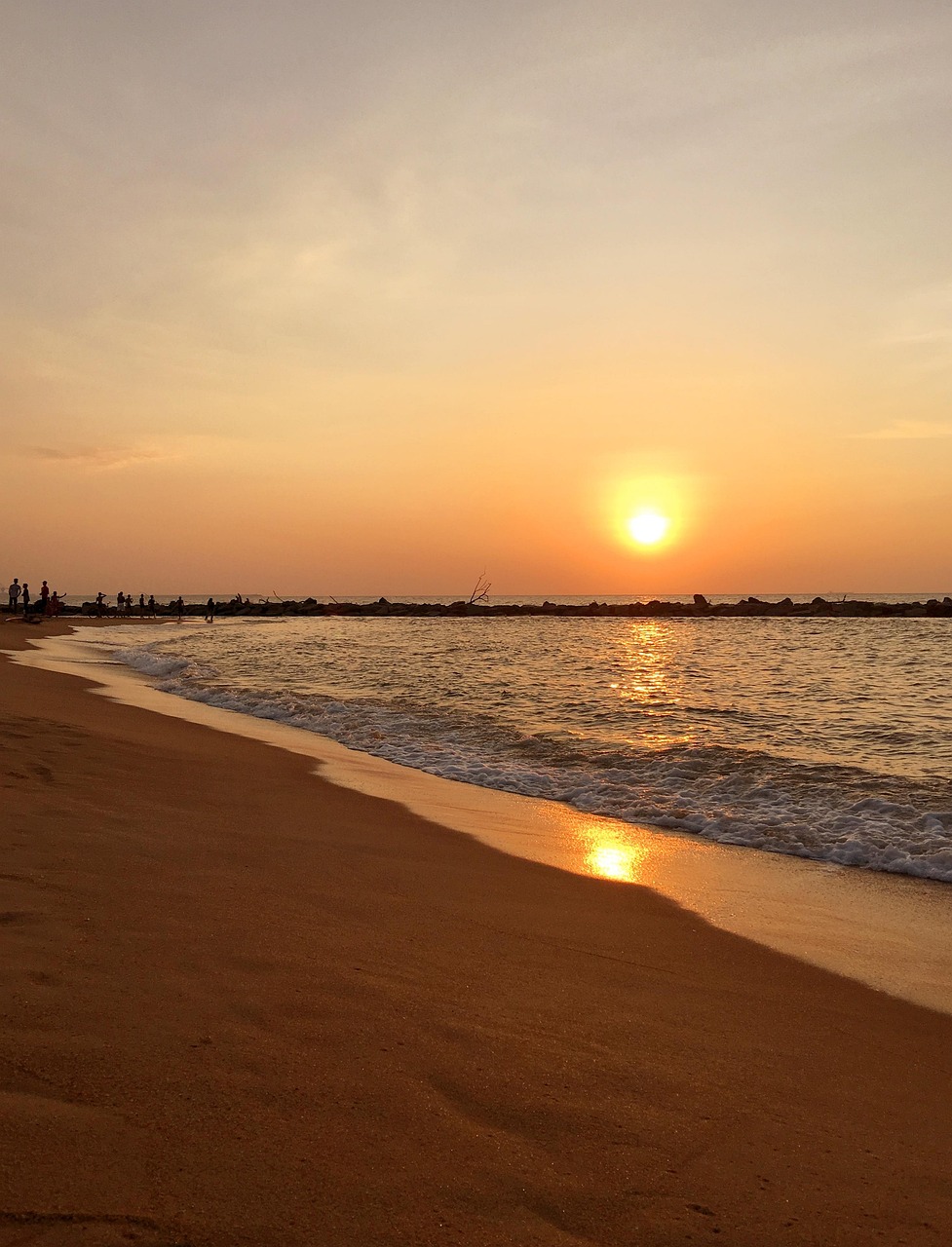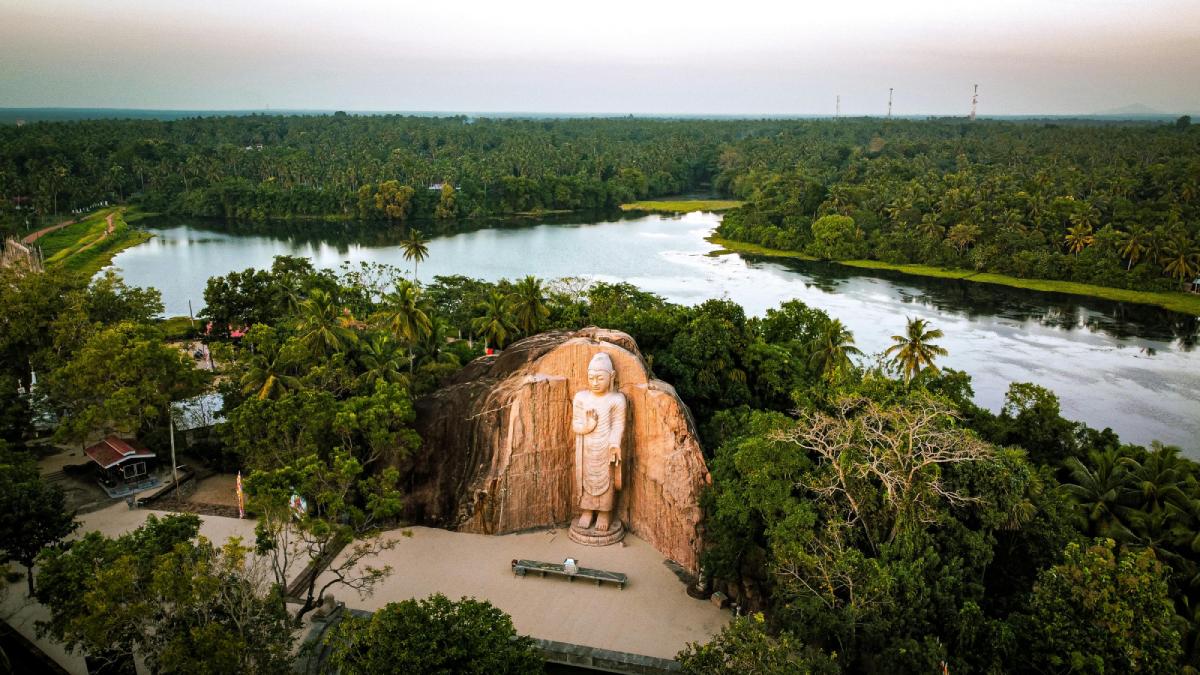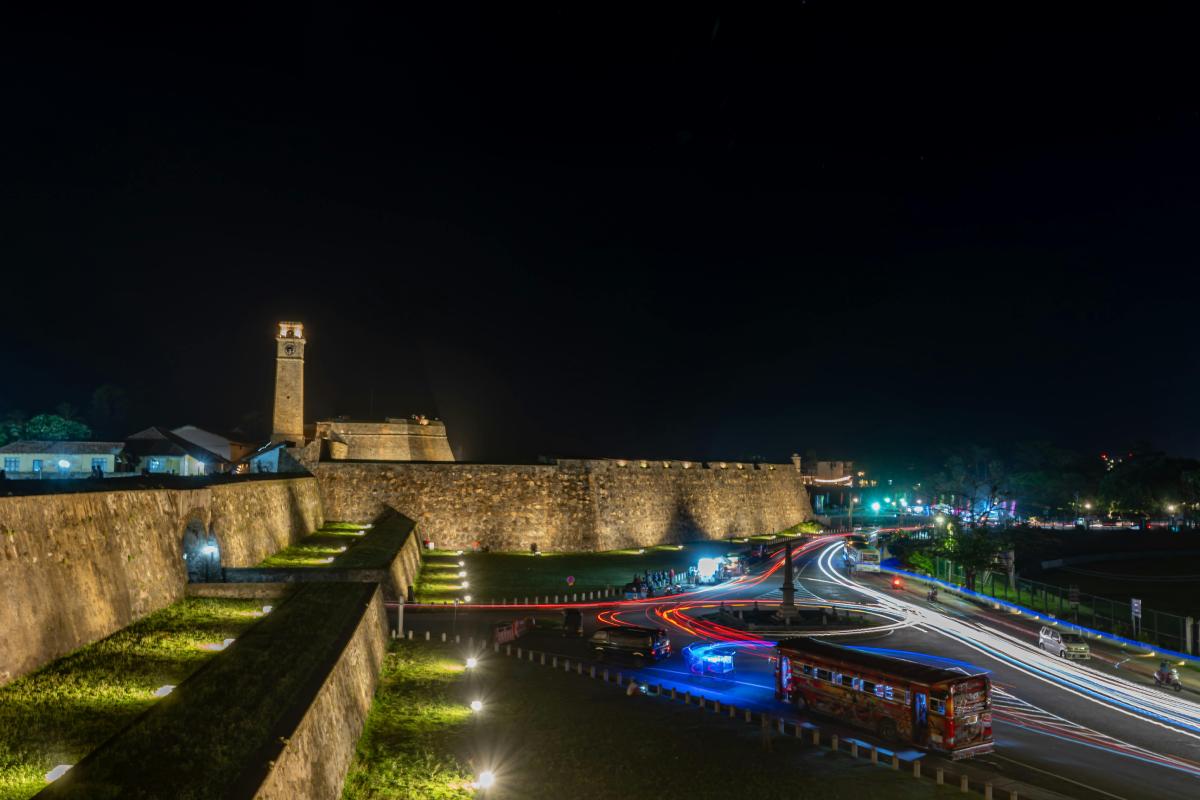Sri Lanka, the teardrop-shaped island nation off the southern coast of India, offers travelers an extraordinary blend of ancient culture, stunning landscapes, and diverse experiences year-round. However, understanding the island’s complex weather patterns and seasonal variations is crucial for planning the perfect trip. This comprehensive guide will help you navigate Sri Lanka‘s distinct travel seasons, ensuring you make the most of your visit to this enchanting destination. The Ultimate Guide to Sri Lanka Best Travel Seasons.
Understanding Sri Lanka’s Climate Patterns
Sri Lanka’s tropical climate is influenced by two primary monsoon systems that create distinct wet and dry seasons across different regions of the island. The southwest monsoon (Yala) brings rain from May to September, while the northeast monsoon (Maha) affects the island from December to March. This dual monsoon system means that while one part of the country experiences heavy rainfall, another region might be enjoying perfect sunny weather.
The island’s geography plays a significant role in weather patterns. The central highlands, including popular destinations like Kandy and Nuwara Eliya, experience cooler temperatures year-round due to their elevation. Coastal areas maintain consistently warm temperatures, though humidity levels fluctuate based on the season. Understanding these microclimates is essential for planning activities and choosing accommodations.
Peak Season: December to March -The Ultimate Guide to Sri Lanka Best Travel Seasons
The peak tourist season in Sri Lanka runs from December through March, coinciding with the northeast monsoon period. During these months, the western and southern coastal regions experience their driest weather, making it the ideal time for beach activities, water sports, and exploring the cultural triangle.
Weather Conditions:
- Temperatures range from 27°C to 30°C (80°F to 86°F) along the coast
- Minimal rainfall in popular tourist areas
- Low humidity levels create comfortable conditions
- Clear skies perfect for photography and sightseeing
Best Activities During Peak Season: The dry conditions make this period perfect for visiting iconic destinations like Galle Fort, exploring the ancient cities of Anuradhapura and Polonnaruwa, and enjoying the pristine beaches of the south and west coasts. Wildlife enthusiasts will find excellent game viewing opportunities in Yala National Park, where animals congregate around water sources.
Cultural festivals add extra appeal during this season. The Duruthu Perahera in January and various temple festivals provide authentic glimpses into Sri Lankan traditions. The pleasant weather also makes it ideal for hiking in the central highlands, though popular destinations like Adam’s Peak see heavy crowds.
Drawbacks of Peak Season: Higher accommodation prices and crowded tourist sites are the main disadvantages. Popular beaches like Unawatuna and Mirissa become packed with visitors, and booking accommodations well in advance becomes essential. The increased demand also affects transportation, with trains and buses often fully booked.
Shoulder Seasons: April and October-November
The shoulder seasons offer excellent value for travelers seeking fewer crowds while still enjoying relatively good weather. These transitional periods provide unique advantages for different types of travelers.
April – The Pre-Monsoon Month: April marks the end of the dry season, with temperatures reaching their peak before the southwest monsoon arrives. This can be uncomfortably hot in lowland areas, with temperatures often exceeding 32°C (90°F). However, the hill country remains pleasant, making it an excellent time to explore places like Ella, Haputale, and the tea plantations around Nuwara Eliya.
The lack of crowds during April means better rates at hotels and restaurants, plus more personalized experiences at cultural sites. Photography enthusiasts will appreciate the dramatic skies as weather patterns begin to shift. However, the intense heat can make midday activities uncomfortable in coastal and low-lying areas.
October-November – Post-Monsoon Recovery: The months following the southwest monsoon offer some of the best weather conditions across the island. October and November feature lower humidity, occasional refreshing showers, and lush, green landscapes revitalized by the recent rains. This period is particularly attractive for nature lovers and photographers.
The reduced tourist numbers mean accommodation prices drop significantly, and popular attractions become more accessible. The weather is generally stable, though occasional short showers can occur. This is an excellent time for wildlife viewing, as animals are more active in the cooler, post-monsoon conditions.
Low Season: May to September
The low season coincides with the southwest monsoon, bringing heavy rainfall to the western and southern regions of Sri Lanka. While this might seem like a period to avoid, savvy travelers can find exceptional value and unique experiences during these months.
Weather Patterns:
- Heavy rainfall in western and southern coastal areas
- Dry conditions in the east and north
- Cooler temperatures due to cloud cover
- High humidity levels
Regional Variations: The beauty of Sri Lanka’s low season lies in its regional diversity. While the west coast experiences monsoon rains, the east coast enjoys some of its best weather. Destinations like Trincomalee, Batticaloa, and Arugam Bay offer excellent beach conditions, surfing opportunities, and cultural experiences without the crowds.
The cultural triangle, including Sigiriya and Dambulla, remains accessible during most of the low season, though afternoon showers are common. The hill country experiences more rainfall but maintains its appeal for travelers seeking cooler temperatures and misty mountain landscapes.
Advantages of Low Season Travel: Accommodation prices drop by 30-50% compared to peak season rates. Restaurants and tour operators offer significant discounts, making luxury experiences more affordable. The reduced tourist numbers create opportunities for more authentic interactions with locals and personalized service.
The monsoon rains create spectacular waterfalls and transform the landscape into a lush, green paradise. Photographers will find dramatic lighting conditions and vibrant colors that are absent during the dry season. Additionally, this is the best time to experience Sri Lanka’s famous tea culture, as the cooler, misty conditions in the hill country create perfect tea-tasting weather.
Regional Breakdown: When to Visit Each Area
Western Coast (Colombo, Negombo, Kalutara): Best visited from December to March when rainfall is minimal and temperatures are comfortable. The monsoon season from May to September brings heavy rains that can disrupt beach activities and sightseeing.
Southern Coast (Galle, Unawatuna, Mirissa, Tangalle): Peak season from December to March offers perfect beach weather with calm seas ideal for swimming and water sports. The monsoon season can be challenging for beach activities, though the dramatic weather creates stunning photography opportunities.
Eastern Coast (Trincomalee, Batticaloa, Arugam Bay): The east coast experiences its best weather from May to September, opposite to the west and south. This makes it an ideal destination during the low season for the rest of the island. Surfing conditions at Arugam Bay are particularly excellent during this period.
Central Highlands (Kandy, Nuwara Eliya, Ella): The hill country can be visited year-round, though the best conditions occur from December to March. The monsoon season brings more rainfall and mist, which can obscure mountain views but creates a mystical atmosphere that many travelers find enchanting.
Cultural Triangle (Sigiriya, Anuradhapura, Polonnaruwa): These ancient sites are best explored from December to March when rainfall is minimal and temperatures are more comfortable for extensive walking and climbing. The low season can still be manageable with proper planning and rain gear.
Northern Region (Jaffna, Mannar): The north experiences its driest weather from May to September, making it an excellent alternative destination during the island’s low season. The unique Tamil culture and less-visited temples provide authentic experiences away from tourist crowds.
Special Considerations for Different Types of Travelers
Adventure and Nature Enthusiasts: Wildlife viewing peaks during the dry season when animals congregate around water sources. However, bird watching can be excellent during the monsoon season when migratory species arrive. Hiking and trekking are best during the cooler months, though the post-monsoon period offers lush landscapes and fewer crowds.
Cultural and Historical Travelers: Ancient sites and cultural attractions can be visited year-round, though the dry season offers more comfortable conditions for extensive exploration. Festival seasons, particularly around Buddhist and Hindu holidays, provide unique cultural experiences regardless of weather.
Beach and Water Sports Lovers: Timing varies significantly by coast. Western and southern beaches are best from December to March, while eastern coastal areas shine from May to September. Surfing seasons also vary by location, with different breaks performing optimally at different times.
Budget-Conscious Travelers: The low season offers the best value, with significantly reduced accommodation and tour prices. However, some activities and transportation options may be limited during heavy monsoon periods.
Practical Tips for Each Season
Peak Season Tips:
- Book accommodations and transportation well in advance
- Expect higher prices and crowded attractions
- Consider visiting popular sites early morning or late afternoon
- Pack light, breathable clothing and strong sunscreen
Low Season Tips:
- Pack waterproof clothing and gear
- Remain flexible with outdoor activities
- Take advantage of significant discounts
- Consider focusing on indoor attractions and cultural experiences
Shoulder Season Tips:
- Monitor weather forecasts closely
- Pack layers for varying conditions
- Book accommodations moderately in advance
- Take advantage of better rates while still enjoying decent weather
Conclusion: Choosing Your Perfect Time
Sri Lanka’s diverse climate patterns mean there’s never a truly “bad” time to visit, only different experiences waiting to be discovered. The best travel season depends entirely on your priorities, budget, and preferred activities.
For first-time visitors seeking the classic Sri Lankan experience with minimal weather disruptions, the peak season from December to March offers the most predictable conditions. Beach lovers and those prioritizing water activities will find this period ideal for western and southern coastal exploration.
Adventure travelers and those seeking authentic experiences might prefer the shoulder seasons, when crowds thin out and prices drop while weather remains manageable. The post-monsoon period in October-November can be particularly rewarding for nature enthusiasts and photographers.
Budget-conscious travelers and those with flexible schedules should consider the low season, particularly for exploring the east coast or focusing on cultural experiences. The monsoon season offers its own unique beauty and significantly better value for money.
Ultimately, Sri Lanka’s year-round appeal lies in its regional diversity. When one area experiences challenging weather, another region typically offers perfect conditions. Understanding these patterns allows travelers to craft itineraries that maximize their experience regardless of when they visit.
The key to a successful Sri Lankan adventure lies in matching your travel dates with your priorities, remaining flexible with your plans, and embracing the unique experiences each season offers. Whether you’re watching elephants gather at Minneriya during the dry season, surfing perfect waves in Arugam Bay during the monsoon, or experiencing the misty magic of the hill country in the shoulder season, Sri Lanka rewards travelers who understand and work with its natural rhythms.
Plan wisely, pack appropriately, and prepare for an unforgettable journey through one of Asia’s most captivating destinations, regardless of when you choose to visit this pearl of the Indian Ocean.


